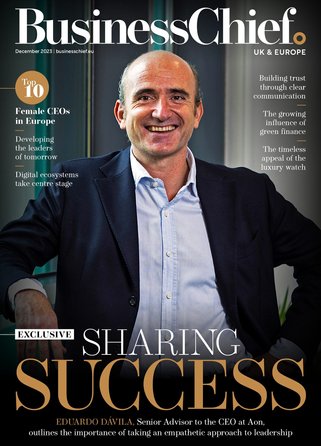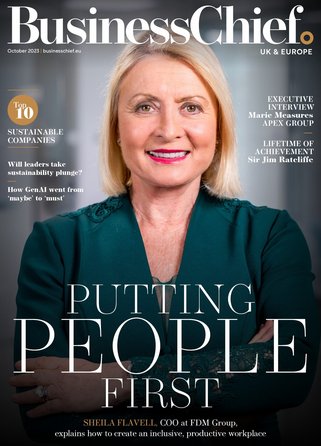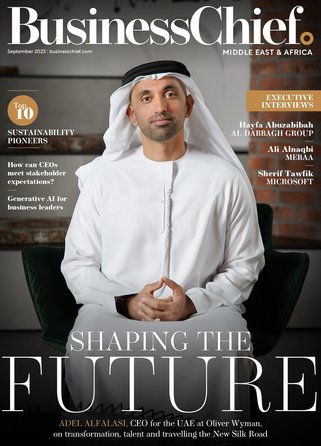Improving the customer experience – enabling IT organisations to become more competitive

In today’s global economy, characterised by technology commoditisation and consumerism, IT businesses are finding it tough to differentiate themselves from their competitors. Given how easy it is for consumers to buy IT solutions, it is no longer viable to compete on price or product. As such, IT organisations are looking at other ways to stand out in the market place.
Unique to every organisation, the customer experience is not easy to imitate and can be the difference between survival and success. As organisations resolve to become more customer-focused, it is undeniable that IT organisations must change their business models in order to respond to evolving customer needs. This requires an organisational mind shift in order to create the most important component necessary for competitive differentiation: customer-focused employees.
IT organisations, like all other organisations, are looking to improve profitability. This is not just about cutting costs – it is also about delivering a service that is worth paying for – a service that is adding value for the customer. IT organisations have to evolve into solution providers that combine products and services to address business challenges in real, effective ways.
To evolve requires more than just provision of products and services; rather, an IT organisation must cultivate a deep understanding of their customers’ business. The only way to add value is to understand how the customer uses the solution, which requires an IT organisation to appreciate how it makes the customer’s business more efficient, how it cuts cost or how it reduces risks.
If they comprehend this, then it becomes possible to offer customers something that makes a tangible difference. When this is achieved, a customer will be willing to pay for service, instead of expecting service to come bundled with product.
Service worth paying for requires having the right staff on board. Previously, when hiring, organisations looked for good specialist skills and experience in implementing the products and solutions at a technical level. This is no longer enough. Organisations now need people who are also able to think and understand at a business level; IT service professionals can no longer work at a bits-and-bytes level only.
In modern IT organisations, the Chief Technology Officer (CTO) plays an important role in this change. The CTO’s role is becoming more strategic from a business perspective. It is up to him to appreciate and communicate how the IT organisation adds value at a business-level as well as at a technical level.
The CTO needs to be a driving force behind creating a team that is customer facing and customer serving. This team needs to rub shoulders with customers and be visible in their service provisioning. Therefore, when IT organisations appoint sales or sales support people they must consider individuals with a well-rounded portfolio of technical knowledge and experience as well as a high level of business understanding. These individuals ensure that the organisation deliver solutions and services that are value adding in both business and technical terms.
However, with the ongoing skills shortages in the IT market and slow economic growth, attracting and retaining top talent in this country is easier said than done. To get the best mix of new fresh thinking and the wisdom that comes from experience, it is necessary to hire a mixture of junior and seasoned staff – as young, dynamic and well-trained staff need to be strengthened by established professionals with the skills to guide, mentor and develop the new talent.
Regardless of recruitment policy, retention is tricky and IT organisations must find a way to re-invent their organisational culture and create an attractive environment. This typically involves a combination of market-related salaries, flexible working conditions and encouragement of team spirit with the ability to maintain motivation and interest through challenging environments, on-going training and the prospect of growth in a customer-facing career.
Today’s IT service professionals must have a wide knowledge of the various spaces they play in, they need to understand the best technologies and how these differ from other competing technologies. Even if an organisation does not provide a specific IT solution or product brand, it is still necessary to have an understanding of it, as business today is all about interoperability. It depends on understanding how different aspects of each service or product solve that customer’s business problems.
By providing customer service that results in little effort on the part of the customer, service professionals can do a lot to ensure customer loyalty, which is the true calling card of competitiveness.
By Paul Fick, Chief Technology Officer, The Jasco Group
African Business Review's March issue is live.
Follow @MrNLon and @AfricaBizReview on Twitter.



